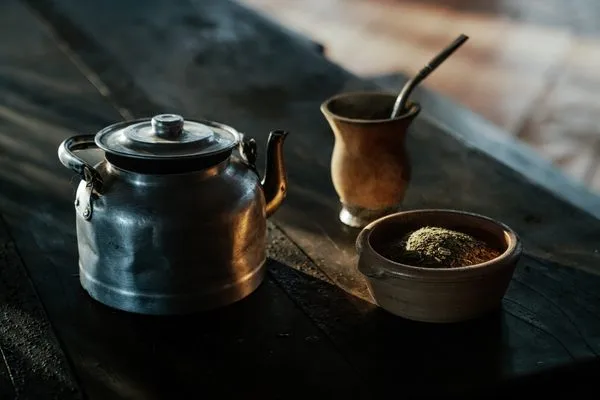- cross-posted to:
- [email protected]
- cross-posted to:
- [email protected]
From centuries-old sacred rituals to energy drinks, one psychoactive plant has spread throughout the globe.
As with other caffeine-rich plants, yerba mate’s history is bound up in colonialism and exploitation. Folch looks at its Indigenous history, from when the Guaraní people first began to steep this energizing brew centuries ago in what is now Paraguay. Yerba mate was so central to life in the region that its name in the Guaraní language simply means “plant.” When Spanish conquistadors and Jesuit missionaries realized its value, the drink quickly spread throughout the South American continent.
Mate became an important part of this interesting South American economic circuit that included silver mines in [what is now] Bolivia. All the precious metals were being shipped to Europe, so mate became [currency] in South America. It became really popular in the growing, cosmopolitan city of Lima in the 1600s.
Coffee arose in the 1400s, also through mystic practice, through Yemeni Sufi mystics consuming it. Then it radiates through Arabia, gets to Turkey, and moves westward across Europe in the form of the coffee house. It’s in the 1600s that caffeinated products became really important as not just rituals of spiritual connection and community building, but in connection to work. They’re very connected to the idea of focused extended time, thinking about and being precise on something.
The classic argument is that the combination of caffeine plus sugar allowed the 19th-century industrial boom in the North Atlantic world. This is why in basically every factory or every office, there is a coffee machine in our coffee-drinking world, or a tea kettle.
Brazilian mate producers in the 19th century tried so hard to get into the North American market. [Around that time] Brazil became the king of coffee and then they were like, “We’ve got this other stimulant. Maybe we can sell it, too.”



I love it both hot and cold. As with anything else there are varying levels of quality. There is some pretty bad mate out there. Oh, and the first sip of a brew is nasty, traditionally one person prepares it and spits out the first bit, when it’s ready they pass it to the person next to them.